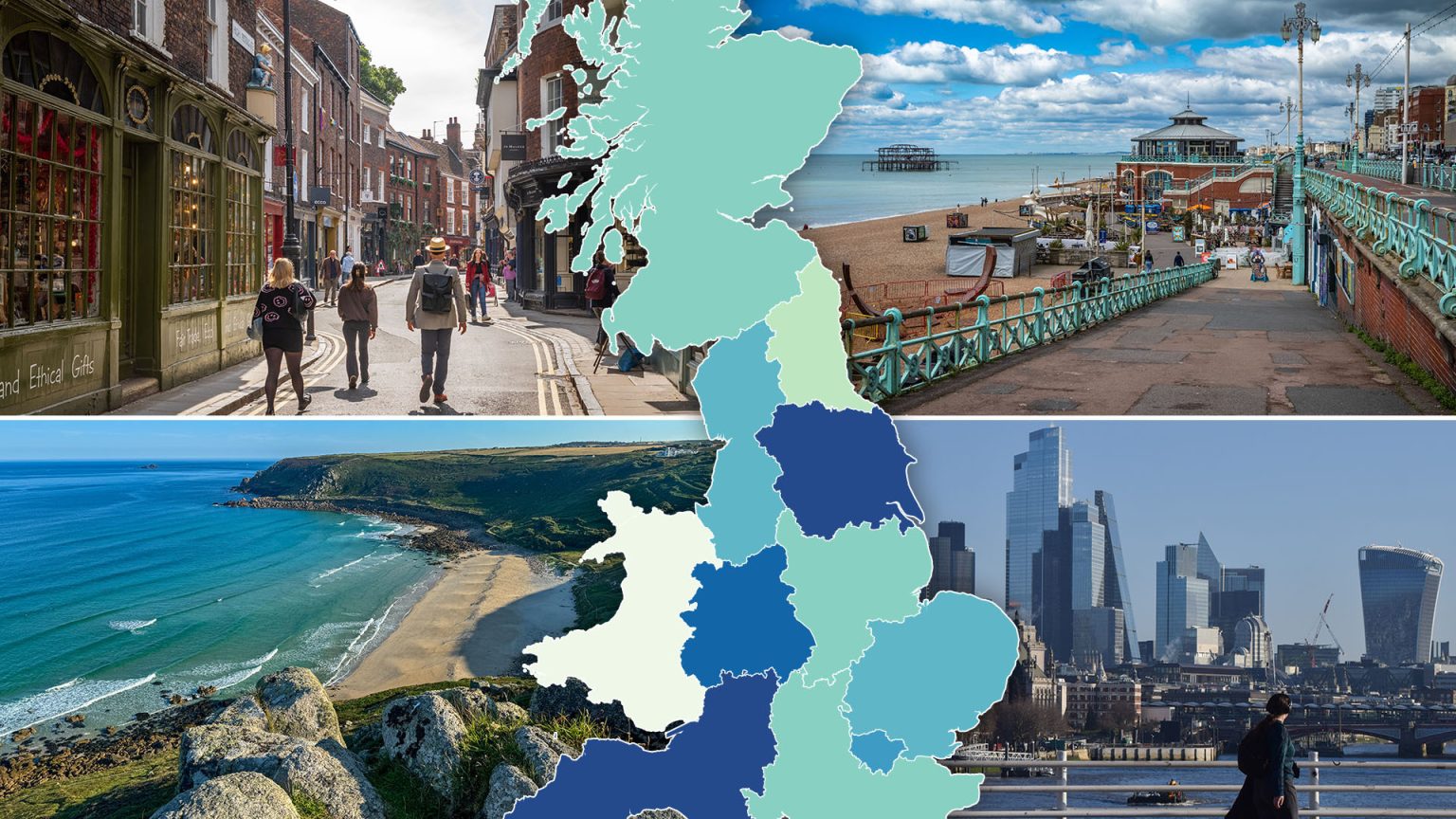Paragraph 1: The Ticking Clock for First-Time Buyers
Thousands of aspiring homeowners in the UK are facing a rapidly approaching deadline to secure their first property purchase and avoid a substantial increase in stamp duty. Currently, first-time buyers enjoy a stamp duty exemption on the first £425,000 of a property’s value. However, this generous threshold is set to dramatically decrease to £300,000 starting in April. This change means that a significant number of first-time buyers will be pulled into paying stamp duty, adding thousands of pounds to their overall purchase costs. The shrinking window of opportunity has spurred a flurry of activity in the housing market, as buyers scramble to finalize their purchases before the deadline.
Paragraph 2: Illustrating the Impact of the Stamp Duty Hike
The impact of the impending stamp duty changes can be substantial. A first-time buyer purchasing a £450,000 property currently pays no stamp duty. Come April, the same purchase will incur a £7,500 tax bill. Even a more modestly priced property of £325,000 will result in a £1,250 stamp duty charge. These increased costs are a significant concern for first-time buyers, many of whom are already stretched financially. The urgency is palpable, as buyers recognize the substantial savings they can achieve by completing their purchases before the deadline.
Paragraph 3: The Race Against Time and Completion Deadlines
The average time between agreeing on a sale and completing the purchase is approximately four months (126 days). This timeline presents a significant challenge for buyers aiming to beat the April deadline. With only weeks remaining, many are cutting it close. The pressure is on for both buyers and sellers, as well as solicitors, mortgage brokers, and other parties involved in the transaction, to expedite the process. The coming weeks will be crucial in determining whether these buyers can successfully avoid the higher stamp duty costs.
Paragraph 4: Understanding the Stamp Duty Changes and Their Implications
The changes to stamp duty represent a significant shift in the UK housing market landscape. Currently, first-time buyers benefit from a tiered system where stamp duty is charged at 5% on the portion of the property value between £425,001 and £625,000. From April onwards, this threshold shrinks to £300,001 to £500,000, and the relief is unavailable for properties over £500,000. This means that buyers purchasing properties in the £300,000 to £500,000 range will face significantly increased costs, effectively negating the previous benefits for many first-time buyers.
Paragraph 5: Navigating the Mortgage Maze and Securing the Best Deal
Securing a mortgage is a crucial part of the home-buying process, and first-time buyers are often faced with a complex and confusing array of options. Factors such as deposit size, loan-to-value ratio (LTV), credit score, and salary all play a role in determining the interest rate offered by lenders. Utilizing mortgage comparison tools and seeking advice from independent mortgage brokers can help buyers navigate this complexity and secure the most favorable terms. It’s also important to factor in any associated fees and consider the long-term cost implications.
Paragraph 6: Support and Resources for First-Time Buyers in the UK
The UK government offers several schemes designed to assist first-time buyers in entering the property market. While the Help to Buy ISA is no longer open to new applicants, those with existing accounts still have time to utilize them. The Help to Buy equity loan scheme provides government-backed loans for new build properties, while the Lifetime ISA offers a savings bonus for those aged 18-39. Shared ownership schemes and mortgage guarantee initiatives also provide alternative pathways to homeownership. Understanding these available resources and seeking professional advice can empower first-time buyers to navigate the challenges and achieve their homeownership goals.




